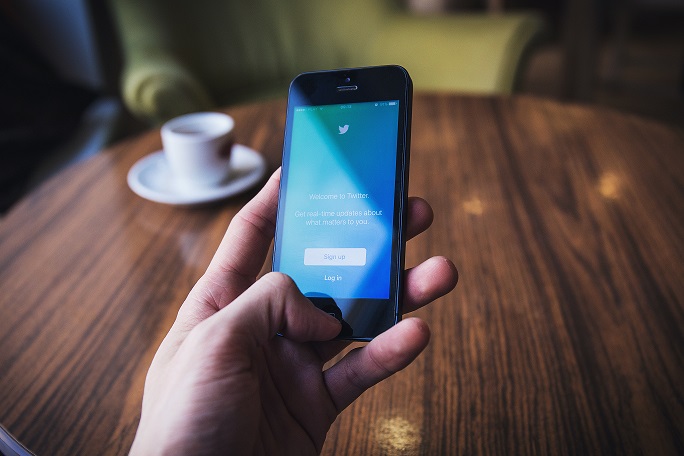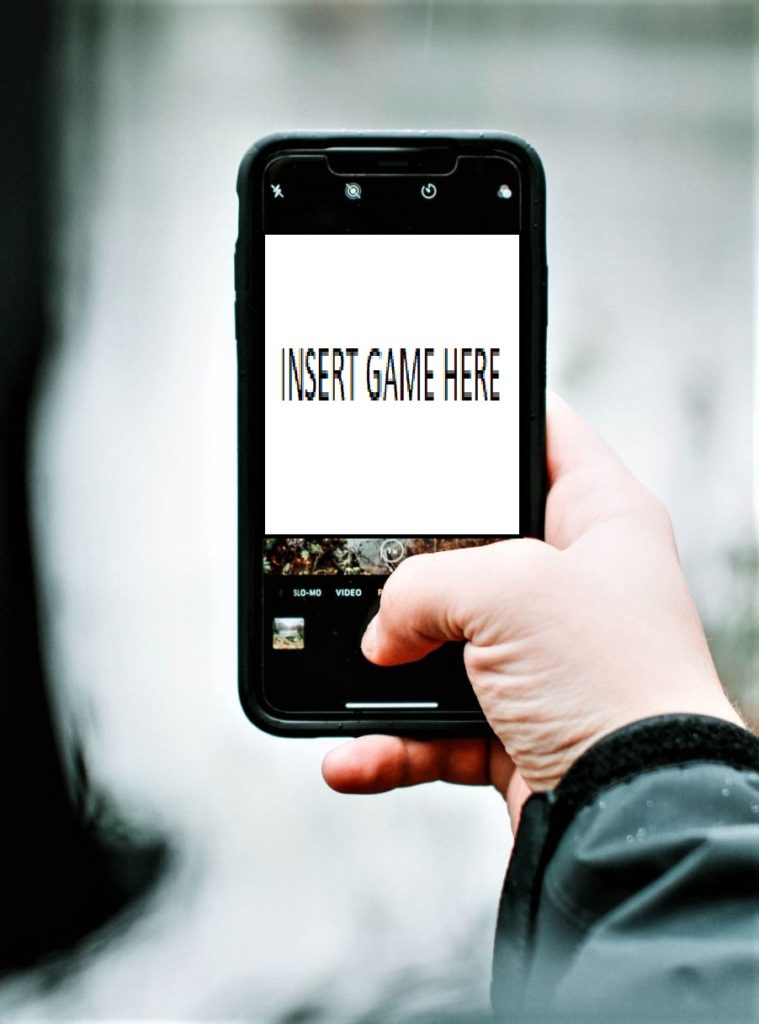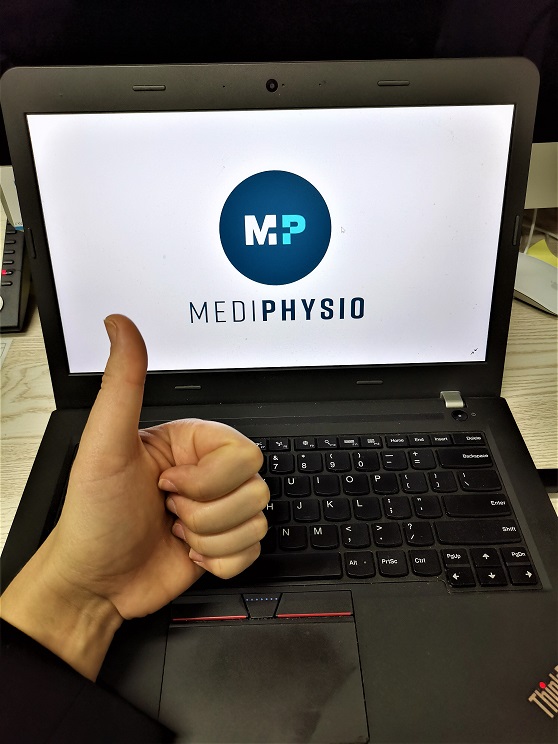Treatment of de Quervain’s tenosynovitis

Following on from our previous blog where we discussed diagnosis, the causes and assessment of de Quervain’s tenosynovitis, here let’s talk about some treatment options! Just a reminder that de quervain’s symptoms can be pain on the thumb side of the wrist, about where a watch would rest. It is associated with movement of the wrist or thumb. It affects two thumb tendons called the abductor pollicis longus (APL) and the extensor pollicis brevis (EPB). It is a very common condition that we often treat in physiotherapy, especially these days with the invention of the smart phone.
Treatment options for de Quervain’s
Your healthcare practitioner is the best person to advise you on how to treat your de Quervain’s tenosynovitis. This might be your GP and/or your physio. Everyone should be assessed so that the best treatment option and advice can be tailored to each individual and their specific needs. However if after reading our blogs you think you might have de Quervain’s, below are a few things you can try.
Rest or reduce hand movements
- if at all possible, you must change/modify or stop the activities that cause your symptoms
- take frequent breaks when doing repeated hand and thumb actions
- avoid repetitive hand motions, such as heavy grasping, wringing, or turning and twisting movements of the wrist
- keep the wrist in a neutral alignment. In other words, keep it in a straight line with your arm, without bending it forward or backward
Thumb/ wrist supports
- you may or may not require a period of time in a wrist splint, such as a thumb spica, to minimise the compression and irritation to the tendons at the wrist, however this should be assessed by a health practitioner
- the splint allows the APL and EPB tendons to rest, giving them a chance to begin to heal
Corticosteroid injection
I won’t go too much into this section however results from some trials show that the use of corticosteroid injections can provide symptomatic relief of de Quervain’s tenosynovitis. A corticosteroid injection is usually administered between the two painful APL and EPB tendons. The combined use of splints and corticosteroid injections has been found to be more beneficial than just splinting alone in severe cases.
How can physiotherapy help?

The main focus of physiotherapy is to reduce or eliminate the cause of irritation of the thumb tendons. We might check the way you do your work tasks and provide you with suggestions about the use of efficient body postures and wrist positions. We may assess that for the thumb to calm down you may need to be fitted for an appropriate wrist/ thumb immobiliser.
Along with these things we might provide you with some helpful exercises, manual therapy techniques ( like massage, myofascial muscle releases, dry needling) and tips on how to prevent future problems.
- active hand movements and range-of-motion exercises
- soft tissue techniques to relax the muscles may be incorporated into treatment sessions with your physiotherapist to help reduce the tension in the muscle/tendon unit
- carefully strengthening your hand and thumb by squeezing and stretching exercise putty
- gentle stretches/ or gliding techniques to encourage the thumb tendons to glide easily within tunnel
- exercises to help strengthen and stabilise the muscles and joints in the hand and thumb. Some of the exercises you’ll do are designed get your hand working in ways that are similar to your work tasks and sport activities.
- generalised strengthening of the shoulders and elbows can also place less load at your wrist, helping long-term recovery

Your physio will help you find ways to do your tasks that don’t put too much stress on your thumb and wrist.
Little story about Bob
Bob (his name wasn’t really Bob 🙂 ) was a patient of mine a long time ago. Now Bob presented with “spontaneous” onset of thumb/ wrist swelling increasing over 5 days. Everything hurt, even just reaching out to grab something with an open thumb or lift the thumb up and down repeatedly. We went through everything in his day to day life, nothing he could pin point as to why his thumb and wrist were so sore. I asked about any activities that might be placing any extra loading on his hands more than usual, he denied knowing of any. I asked Bob about his phone use and he said that it was minimal, just texts and phone calls but nothing out of the ordinary. He was positive on all de Quervain’s testing (finklestein’s test) and had palpable swelling over where the base of the thumb meets the forearm.
This often happens in clinic, especially with de Quervain’s, where the pain presents after no direct mechanism or unaccustomed activity, however you still have a pretty clear-cut diagnosis.
Bob’s truth

Now Bob and I got along very well during our first meeting and by the end we were having a laugh and chatting away. We strapped his thumb, did some manual therapy techniques and he already was feeling a significant improvement. At the very end of the session, as we said our good byes he turned to me and said, “I know what set my thumb off, but I was embarrassed to tell you.” I asked what was it? Bob then replied “there is this awesome new app/game (??) that I’ve just downloaded on my phone and I’m obsessed with it. I’ve been playing it like 3-4 hours a day…and it involves using my thumbs to swipe as quickly as I can.”
Moral of the story is, talk to your physio and be honest with us even if it is a little embarrassing. We’ve all been there. Because he eventually told me, we were able to stop him playing the game, did some desk and activity modification and his symptoms resolved very quickly. De Quervain’s is one of those conditions you do not want to ignore guys. If you get on top of your symptoms early, some patients get better within a few days. Others that ignore their symptoms for months can be left with symptoms that would repeatedly flare then calm for sometimes up to 12 months!
If you would like anymore information, please do not hesitate to contact us. Try to put your phone down, even if it’s just an hour less a day. Challenge accepted!



Sorry, comments are closed for this post.